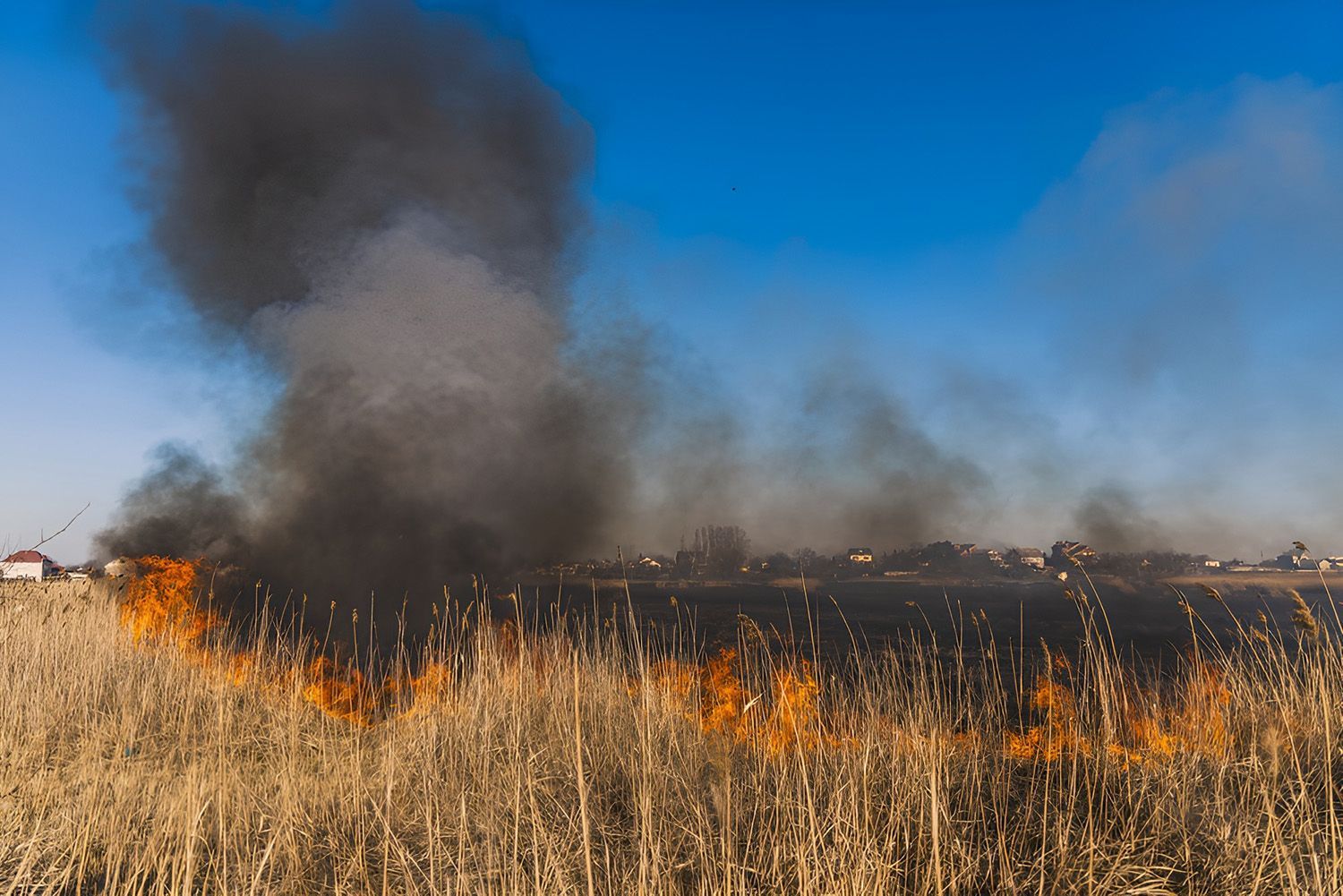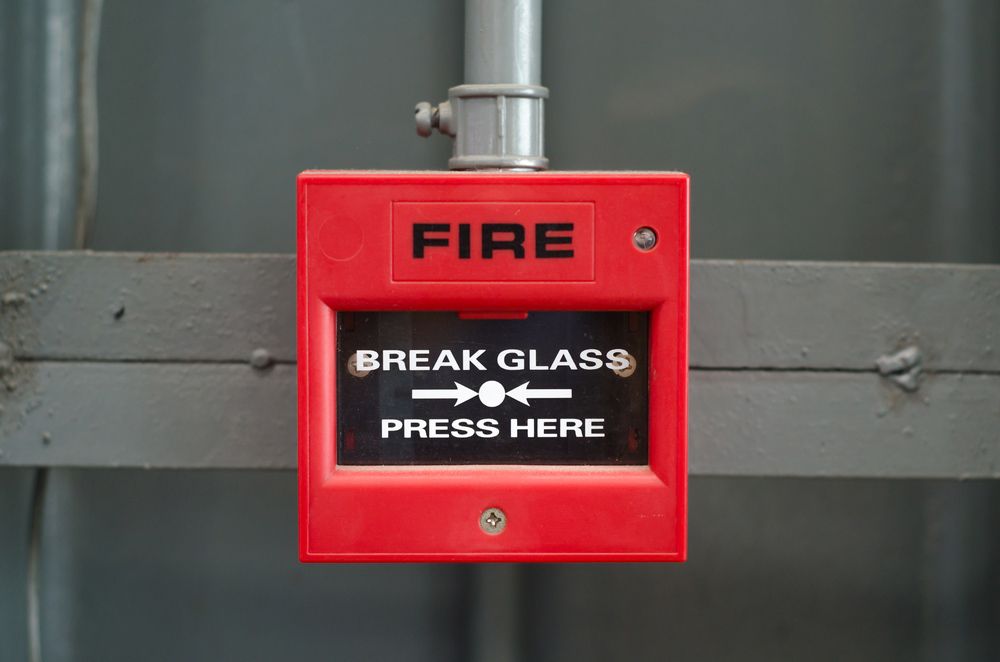How Fire Doors Contribute to Passive Fire Safety
Author: Pasiv Fire | Date: September 18, 2025
Fire doors are among the most critical yet often overlooked features regarding building safety. As part of a comprehensive passive fire protection system, fire doors are designed to contain fire and smoke within a defined area, giving people valuable time to evacuate while protecting property. Fire doors are essential for facilities such as schools, hospitals, and aged care centres—where vulnerable populations may need additional support during emergencies. This article explores how fire doors contribute to effective passive fire systems, why they matter for compliance, and how professional services help keep buildings safe.
Understanding the Role of Fire Doors in Passive Fire Protection
Fire doors are a key component of passive fire protection services, designed to slow the spread of flames and smoke. Unlike active systems, which work to extinguish fire, passive systems focus on containing it. Fire doors are specially engineered to withstand high heat and pressure, ensuring that fire stays within one compartment of a building rather than spreading unchecked.
Some of the essential functions of fire doors include:
- It is a physical barrier that compartmentalises a fire to a specific zone.
- Controlling smoke movement to reduce inhalation risks and visibility issues.
- Supporting structural stability by protecting evacuation pathways.
By holding back fire and smoke, fire doors ensure that other safety measures can function effectively.
How Fire Doors Support Safe Evacuation Procedures
One of the most critical roles of fire doors is to allow people more time to escape safely. In facilities like hospitals, aged care homes, and schools, evacuations may not always be fast or straightforward. Fire doors provide a vital buffer that helps protect occupants until they can move to safety.
Some of the ways fire doors assist with evacuation include:
- Creating safe zones or refuges where occupants can gather before evacuation.
- Keeping escape routes such as hallways and stairwells clear of smoke and fire.
- Allowing emergency services to access and assist people more safely.
Fire doors can slow the spread of fire and make the difference between a safe evacuation and a dangerous situation.
Containing Fire & Smoke to Minimise Damage
Beyond protecting people, fire doors also play a significant role in reducing property damage. When fire and smoke are contained, they affect fewer areas of the building, lowering repair costs and reducing downtime for essential services.
Examples of how fire doors minimise damage include:
- Restricting flames to a single room or compartment reduces rebuilding needs.
- Protecting high-value equipment and resources by slowing fire spread.
- It contains smoke damage, which often extends further than flames themselves.
This containment can significantly reduce disruption after an incident for schools, healthcare centres, and businesses.
Compliance with Building Codes & Safety Standards
Every building must meet specific fire safety codes, and fire doors are crucial to compliance. Non-compliance can result in penalties, higher liability risks, and unsafe environments for occupants. Properly installed and maintained fire doors demonstrate a commitment to meeting legal and safety obligations.
Some of the compliance considerations include:
- Ensuring fire doors are tested and certified to meet Australian Standards.
- Installing doors that are appropriate for the type and use of the building.
- Keeping fire doors unobstructed and ensuring they self-close properly.
By maintaining compliance, building managers protect both people and assets while meeting regulatory responsibilities.
Integration of Fire Doors with Broader Passive Fire Systems
Fire doors are just one element of a broader passive fire protection system, but they work most effectively when integrated with other safety measures. Together, these systems create layers of defence against fire, providing comprehensive building safety.
Examples of how fire doors integrate with other passive fire systems include:
- Working alongside fire-rated walls and ceilings to maintain building compartmentalisation.
- Complementing fire-resistant glazing and sealing systems to block heat and smoke.
- Support escape routes by linking them with corridor and stairwell protection systems.
When fire doors are part of a coordinated system, their effectiveness is significantly enhanced.
The Importance of Regular Maintenance & Inspections
Even the best fire doors will not perform properly if damaged or neglected. Regular inspections are essential to ensure doors remain compliant and functional. Building managers should prioritise ongoing checks as part of their broader passive fire protection services.
Key inspection and maintenance practices include:
- Checking that fire doors close thoroughly and latch correctly without obstruction.
- Inspecting seals, hinges, and door hardware for wear or damage.
- Ensuring doors are free of modifications that compromise their fire rating.
- Scheduling professional inspections at regular intervals for compliance assurance.
Without proper maintenance, a fire door may not operate as intended during an emergency.
Tailored Passive Fire Protection Services for Different Facilities
Every building has unique fire safety requirements, and passive fire protection in Illawarra must be tailored to suit the specific environment. Fire doors may serve different purposes depending on the type of facility, the occupants, and the risks involved.
Examples of tailored applications include:
- Fire doors protect classrooms and corridors in schools, ensuring safe evacuation routes for children.
- In hospitals, doors compartmentalise wards and treatment areas, protecting vulnerable patients and staff.
- In aged care facilities, fire doors create refuge zones for residents who cannot evacuate quickly.
Tailoring fire protection strategies ensures that each facility’s unique needs are fully addressed.
Choosing Expert Providers for Fire Door Installation & Maintenance
Installing and maintaining fire doors is not a task for general contractors—it requires specialised knowledge and experience. Choosing expert providers of passive fire systems ensures that fire doors are installed to standard, maintained effectively, and integrated with other safety measures.
Qualities to look for in a professional provider include:
- Experience in designing and installing comprehensive passive fire protection systems.
- Certification and compliance with Australian Standards for fire safety.
- A focus on tailored solutions that address the specific risks of your facility.
- The ability to provide ongoing maintenance and inspections for long-term reliability.
By engaging specialists, building managers can be confident that their facilities are safe and compliant.
Enhance Safety with Pasiv Fire
At Pasiv Fire, we provide expert passive fire protection services across the Illawarra, ensuring facilities remain safe, compliant, and prepared. Our fire door solutions are designed to contain fire and smoke, protect occupants, and minimise property damage. Whether you manage a school, hospital, or aged care centre, we deliver tailored strategies to suit your building’s needs.
Get in touch with us to arrange a consultation and strengthen your building’s fire safety.














